- Language switcher
- About us
- The house
- Pouzols-Minervois
- Days out
- Béziers
- Bram
- Camargue
- Capestang
- Carcassonne
- Castelnaudary
- Castelnou
- Étang de Thau
- Fontfroide Abbey
- Fortress of Salses
- Gruissan
- Lagrasse
- Lastours
- Mèze
- Millau Viaduct
- Minerve
- Montolieu
- Montpellier
- Narbonne
- Olargues
- Oppidum of Ensérune
- Peyrepertuse
- Pézenas
- Pont du Gard
- Roquebrun
- Saint-Guilhem-le-Désert
- Saint-Jean-de-Fos
- Sète
- Sigean
- Skydiving in Lézignan-Corbières
- To the beach
- Uzès
- Wine tasting
- Contact
- Reservations
Oysters
Mèze is a vibrant coastal town on the Étang de Thau, the lagoon that is extensively used to farm oysters, mussels and other shellfish. Around a third of the population is employed in the fishing industry, although tourism is increasing.
The town was successively Iberian, Phoenician, Greek, and then Roman. Emperor Claudius gave land to veterans in this area, who built many villas such as the one at Loupian.
Two ports
The old town is charming and surprisingly unspoiled by tourism, with ancient churches (built on the site of Greek and Roman temples) and remains of the medieval ramparts. The Girard castle hosts art exhibitions. There are two ports, one used as a working fishing harbour and a marina for pleasure boats.
There is a small but attractive beach by the main harbour. Fossilised dinosaur eggs were discovered nearby, which is why there is an open air dinosaur museum in the town.
Visiting Mèze
Le Fort Pouzols-Minervois to Mèze is a 70-minute (50 miles, 80 km) drive. A visit can easily be combined with nearby Pézenas, Sète or the Étang de Thau. Local food is rich and tasty, centered on seafood and with Italian, Greek and Spanish influences.
There is a lively weekly market. Events throughout the year include an annual music festival, a flower festival and boat jousting. More information on visiting Mèze is available at www.ville-meze.fr.
The coast
Sète is the obvious place to visit on a trip around the lagoon. But you could also head in the other direction, back towards Le Fort Pouzols-Minervois along the coast to Marseillan, Agde and Narbonne. Valras Plage is a good place to go for a walk along the beach.
Another option is to combine your visit with a morning in the market at Pézenas or go into Béziers.

Book your stay at Le Fort Pouzols-Minervois
Book your stay today on any of these great websites or directly with us.
Contact us
Le Fort Pouzols-Minervois
11 Rue du Fort
11120 Pouzols-Minervois
Aude
France
Telephone +33 (0)9 77 21 84 62
info@le-fort-pouzols-minervois.fr

